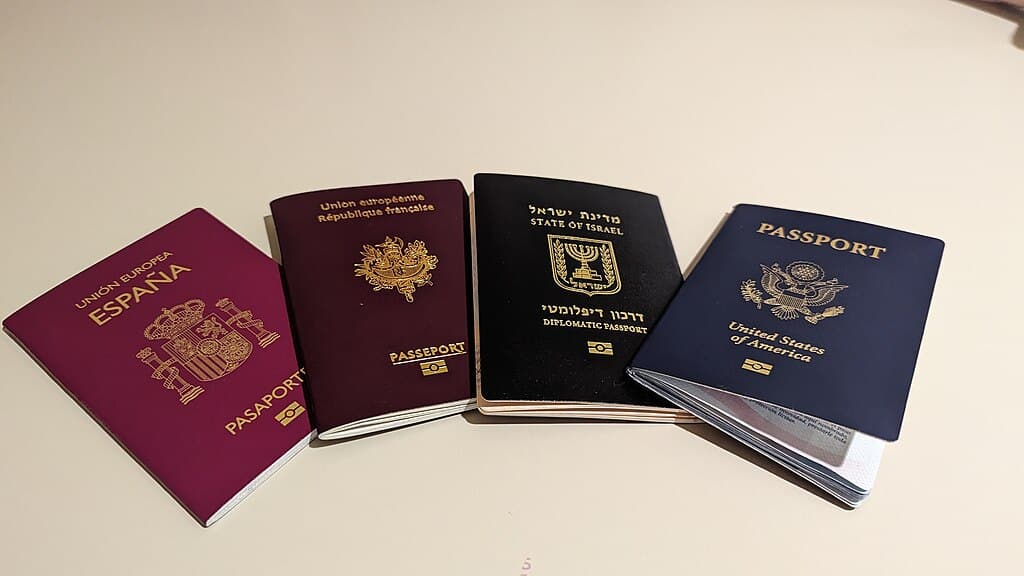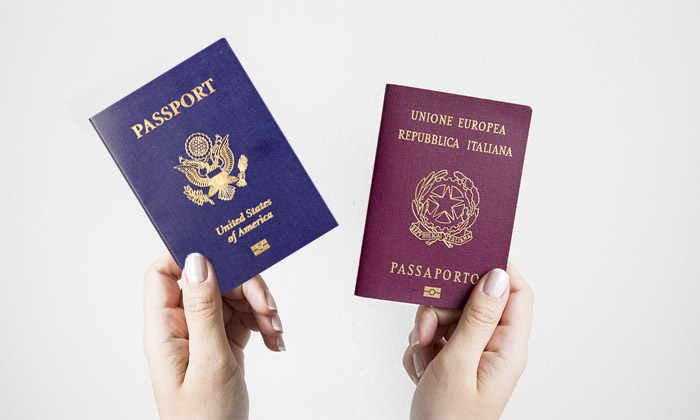Dual Citizenship vs. Second Passport: A Deeper Dive
We’ve established the core difference: dual citizenship is about official, mutual recognition of your legal status by two countries, while a “second passport” can simply mean holding a travel document from another country, without necessarily that same two-way recognition.
Let’s break that down with a bit more detail and some real-world context.
1. Dual Citizenship (Dual Nationality)
This is the most complete form of having ties to two nations.
- How it Works: When you have dual citizenship, both Country A and Country B formally acknowledge you as their citizen. This isn’t just a nod; it’s written in their laws and often based on agreements or accepted international practices.
- Example 1 (Birthright): Imagine you were born in the United States (which grants citizenship based on place of birth, jus soli), but your parents are citizens of France (which grants citizenship based on parentage, jus sanguinis). If both the US and France allow dual nationality (which they do), you can be a citizen of both from birth. Both countries know and accept this.
- Example 2 (Naturalization): You’re a Canadian citizen, and you live in Ireland for many years. You apply for Irish citizenship through naturalization. If both Canada and Ireland allow dual citizenship (which they do), you can become an Irish citizen without giving up your Canadian citizenship. Both countries now recognize you as their own.
- What it Means for You:
- Full Rights & Obligations in Both: You can typically live, work, vote, own property, and access social services (like healthcare and education) in both countries. You are also expected to fulfill obligations like paying taxes (though tax treaties often prevent double taxation) and potentially military service in either country, depending on their laws.
- Consular Protection: If you’re in a third country and need help, you can usually seek assistance from the embassy or consulate of either of your countries of citizenship.
- Passport Usage: You can freely use either passport to enter or exit either country you’re a citizen of, and to travel to other countries.
In essence: You are genuinely “from” both places, legally speaking. You have a full, recognized identity in each.
2. Second Passport
This term is more about the document itself and the practical benefits it provides, rather than a deep, mutually recognized legal status.
- How it Works: You might acquire a second passport in several ways, and the crucial point is often the recognition (or lack thereof) by your original country.
- Scenario 1 (One-Way Recognition): Your original country (e.g., China, India) does not allow dual citizenship. If you naturalize in a second country and get their passport, your original country might consider you to have lost your original citizenship. You now have a “second passport,” but legally, your original country only sees you as a citizen of the new country. You can travel with your new passport, but you’re not a dual citizen in the eyes of your first country.
- Scenario 2 (Practicality/Investment): You’re an Australian citizen. Australia allows dual citizenship. You decide to invest in a Citizenship by Investment (CBI) program in a Caribbean nation like St. Kitts & Nevis to gain a second passport with great visa-free travel. You now hold two passports. While Australia allows you to have another citizenship, the term “second passport” here often emphasizes the practical travel benefits or the means of acquisition (investment) rather than a deep, historic tie. You are technically a dual citizen, but the focus is on the utility of the additional passport.
- Scenario 3 (Older/Less Formal Situations): In some historical or less formalized scenarios, people might have simply acquired a second passport through various means without a clear, mutual legal understanding between the two nations about their dual status.
- What it Means for You:
- Travel Mobility is Key: This is often the primary driver. A second passport can grant you visa-free access to many more countries than your primary passport, making international travel significantly easier and faster.
- “Plan B” for Travel/Residence: It can offer an alternative route for travel or residence if your primary passport faces restrictions or if you need to quickly relocate from your home country due to unforeseen circumstances.
- Consular Protection (Complex): This can be tricky. If your original country doesn’t recognize your second citizenship, they might still consider you their citizen when you’re in a third country. This could lead to complex situations regarding who provides consular assistance. When you’re in the country of your second passport, you are treated as their citizen.
- Rights & Duties: In the country that issued the second passport, you typically have the rights associated with its citizens (like travel, often residency). However, if your original country doesn’t recognize your dual status, they might still hold you to their laws (e.g., taxes) even when you’re using your second passport elsewhere.

The Core Difference Illustrated:
- If you have US & UK Dual Citizenship: When you’re in the US, you’re a US citizen. When you’re in the UK, you’re a UK citizen. Both countries know you have the other citizenship, and they both accept it.
- If you have Chinese citizenship and obtain a St. Kitts & Nevis “second passport”: China does not recognize dual citizenship. In the eyes of China, once you became a St. Kitts & Nevis citizen, you likely lost your Chinese citizenship. You now have a St. Kitts & Nevis passport and can travel with it, but China only sees you as a foreigner if you try to return on that passport. You might have left China on your Chinese passport, but you can’t re-enter on it once you’re a citizen of another country.
In summary: While holding a “second passport” often implies a form of dual citizenship, the term “dual citizenship” specifically highlights the mutual, legal recognition of that status by both nations involved, leading to a more defined set of rights and obligations in each. A “second passport” can be a practical tool even when this full, bilateral recognition is absent.

